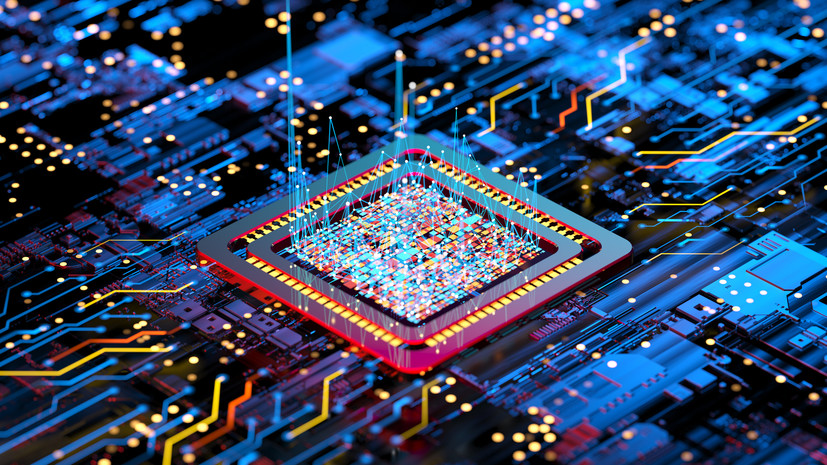A computer neural network created by scientists from St. Petersburg State University (SPbSU) has shown the qualities of the human brain when perceiving optical illusions.
The program made the same errors of optical perception that humans exhibit.
At the same time, the developers did not include such an effect in it.
This was reported by the press service of the university.
The results of the study were presented at the International Joint Conference on Computational Intelligence.
One of the most mysterious mechanisms of human perception is the Muller-Lyer illusion.
This is an optical distortion that occurs when viewing two equal segments that end in oppositely directed arrows.
The illusion is that the segment framed by the "points" seems to be shorter than the segment framed by the tails of the arrows.
In ordinary life, a similar phenomenon can be observed if you look at the corner of the building from the outside and at the same corner from the inside, while in the room.
Because of the illusion, some buildings may appear larger from the inside than from the outside.
According to Ivan Gorbunov, senior researcher at the Department of Medical Psychology and Psychophysiology at St Petersburg University, the mechanism responsible for these distortions of perception is still unknown to science.
Perhaps this phenomenon arises due to the peculiarities of the perception of volumetric objects by the human brain: when the human eye sees the world around it, an inverted and blurred image falls on the retina and the brain “finishes” the objects to a three-dimensional and clear representation.
Distortions may occur in the process.
When scientists created a neural network capable of perceiving three-dimensional images, it turned out that, like a person, it is subject to the Muller-Lyer illusion.
This feature of the neural network manifested itself when the researchers tried to teach the algorithm to determine the height of buildings by showing it many generated images of houses.
Muller-Lyer illusion
© Press Service of St Petersburg University
“In our neural network, multilayer structures have been created that imitate nerve endings, an analogue of the retina.
There is also one output neuron that provides recognition of volume, in this case, the height of an object, ”Ivan Gorbunov tells RT.
Now the researchers want to find out if the neural network is able to adapt to images over time and stop perceiving them distorted.
The fact is that a person is able to get used to the correct perception of such geometric shapes.
The people living in the countryside, where there are no big houses, are most susceptible to such an illusion, and the inhabitants of big cities quickly adapt and no longer perceive buildings distortedly.

